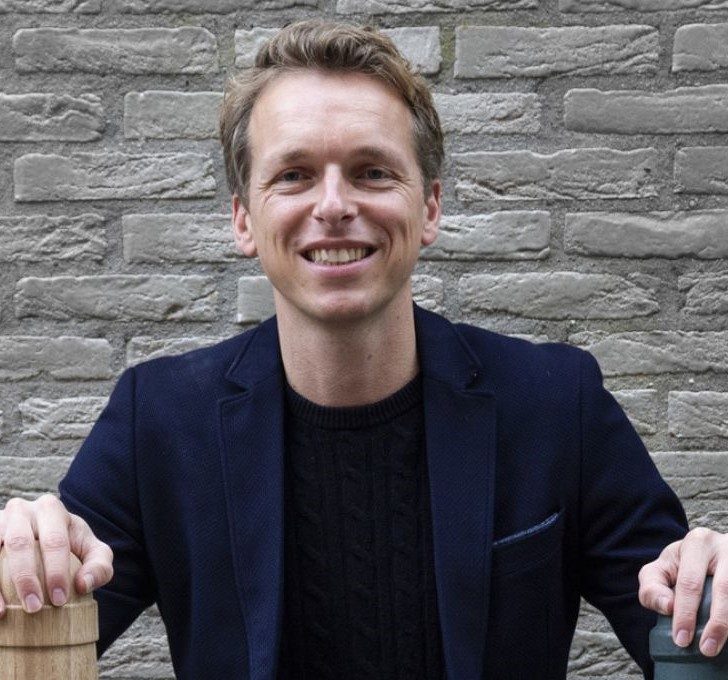Did you know that building and construction work accounts for 36% of global energy use and 39% of energy-related CO2 emissions? Architects and those working in the construction sector have a key role in combating climate change by shifting to sustainable construction.
Trees play a vital part in combatting climate change, as they absorb CO2 while growing. Using timber from sustainably managed forests in construction not only contributes to sustainable buildings, it also ensures that forests continue to absorb CO2 to combat climate change.
Join the webinar Tomorrow’s Timber Talk – powered by PEFC on 11 March, 15:00 CET (10:00 pm Malaysia Time), and learn more about the construction material of the future! The webinar will be in English.
[Event ended]
In the webinar Tomorrow’s Timber Talk (held in English), architectural engineer Pablo van der Lugt will give a deep insight into
- the principle of biobased construction;
- the latest developments in prefabrication options and construction process advantages of Mass Timber;
- the application possibilities of the latest generation of timber products;
- the sustainability benefits, including CO2, environmental impact and circularity of the use of sustainable timber and timber products;
- the benefits for a healthy living environment and
- the future: what it takes for a “Timber Revolution”.
Pablo will also explain and rectify prevailing myths about insufficient sustainability and fire safety of timber buildings.
Presenter Pablo van der Lugt

Architectural engineer Pablo van der Lugt (MSc PhD) is a senior sustainability consultant in the wood- and bamboo industry and lecturer in biobased building at Delft University of Technology.
He is the author of five books on biobased building, including ‘Tomorrow’s Timber’, and regularly publishes his research findings in popular magazines and scientific journals.
He has been a speaker at several formats, from TED and Pecha Kucha talks, to keynote presentations at high-level international conferences, including the International Climate Conferences COP 21 and COP 24.
[Event ended]
Why timber, why PEFC?
Concrete, steel, cement, and glass are among the most frequently used construction materials. But they emit high amounts of carbon.
Timber does the opposite: rather than emitting carbon, it stores it. As trees grow, they absorb CO2 and store it as carbon in their biomass, where it stays, even after the trees have been harvested. Building with timber can therefore significantly reduce our carbon footprint. What’s more, using sustainable timber ensures forests remain intact and continue to act as carbon sink.
Buildings of timber are easier and faster to build, as they are lighter than buildings made of conventional materials and can have smaller and simpler foundations. What is more, timber has a positive influence on the well-being and health of the people living and working in the building.
PEFC certification of a construction project not only provides assurance that the timber used originates from responsibly managed forests, with the material tracked through every stage of the process from the forest to the construction project, it also increases carbon sink to combat climate change.
Photo credits: Walter Kallenbach
